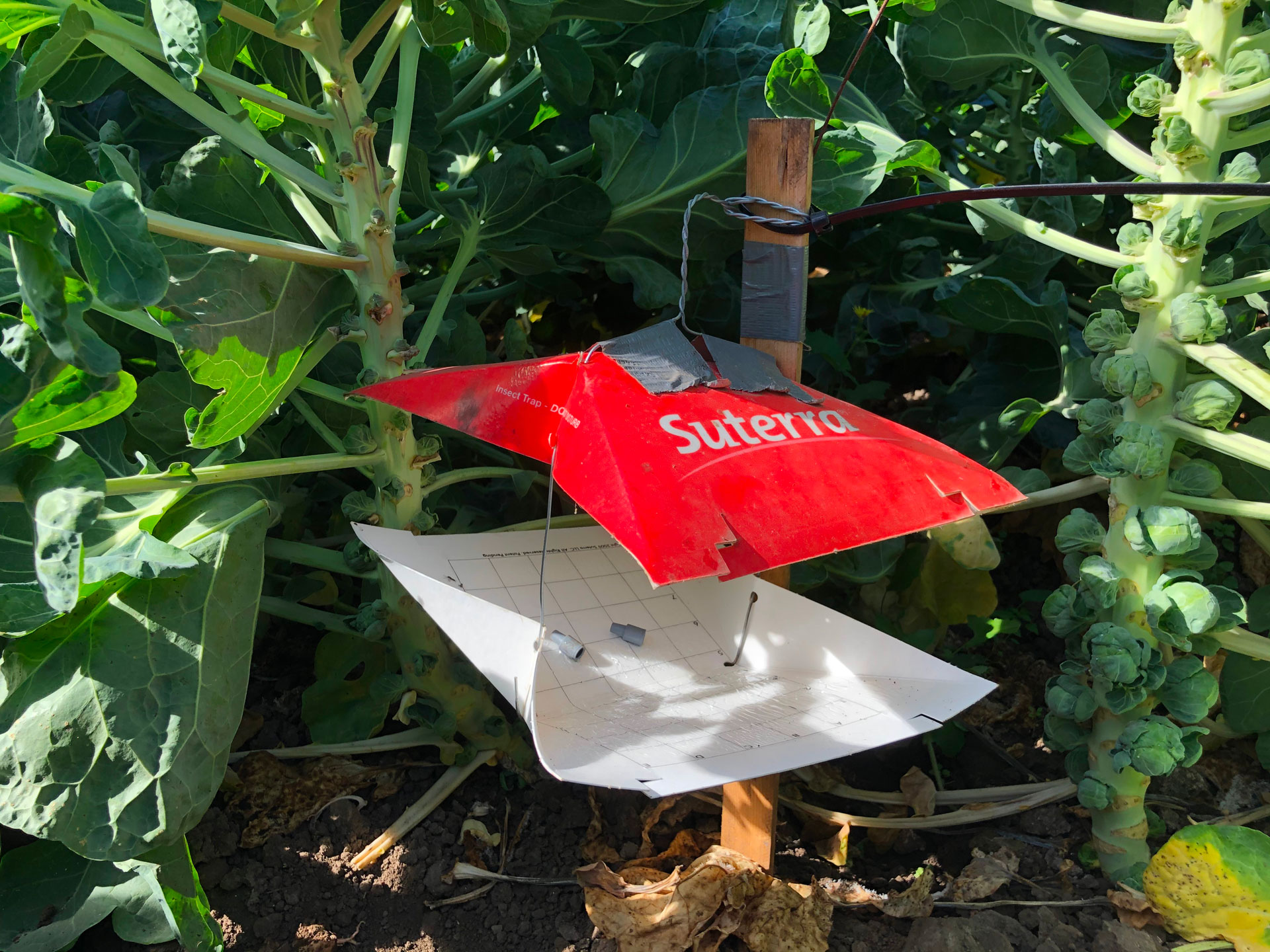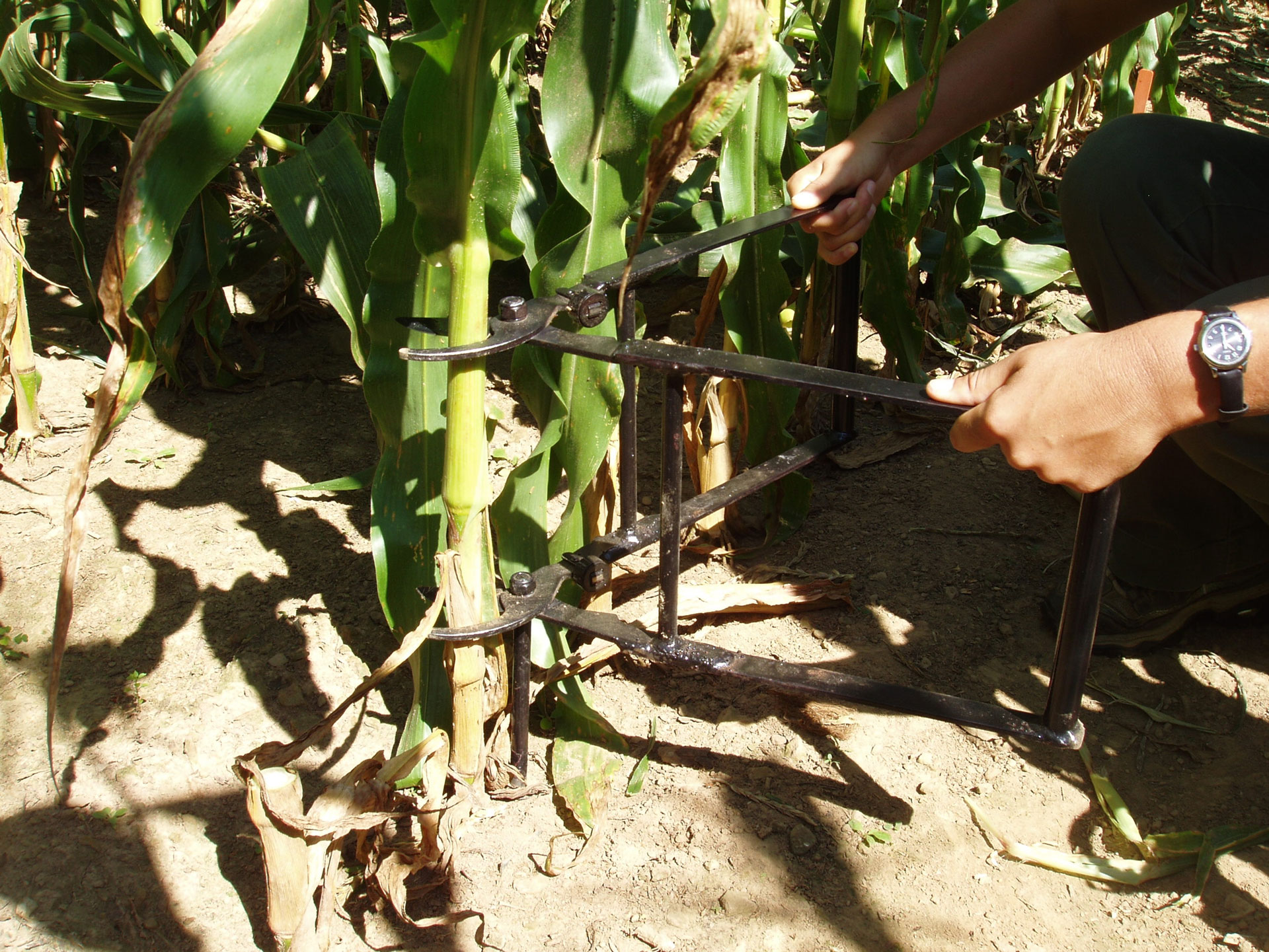Nitrogen (N) is an essential plant nutrient, providing the building blocks for plant growth and development. The N sources on an organic farm are numerous, including crop residue, compost, fertilizers, soil organic matter and irrigation water (Figure 1). Nitrogen management in organic systems is challenging because complex organic forms of N originating from organic materials need to be mineralized by microbes to become plant-available mineral forms of N: ammonium (NH4+) and nitrate (NO3-). Learning how to predict and monitor N release from soil amendments are important skills useful for selecting amendments and determining application rates and timing to achieve optimum plant health and yield.

Soil microbes facilitate N availability in organic systems through organic matter decomposition. Microbes use carbon (C) as their primary energy source. However, to grow, microbes also require N. When compost and fertilizers are added to moist soil, microbes are “fed” and microbial activity is stimulated. With this activity, there is rapid turnover of microbes as well as organic matter decomposition, which become the two main sources of available N for plants. However, as the ratio of C:N in the amendments approaches 20:1, additional N is required to facilitate microbial breakdown. This additional N is taken from the pool of plant-available forms of N in the soil. Because this reduces the amount of N available to plants, it is sometimes referred to as “tying up N” or N immobilization. Because most amendments available to organic farmers are bound in complex molecules containing both C and N, only a portion of the N becomes available to plants in the short term. This begs the question, how much N can you expect from organic fertilizers and compost?
What to Expect
Composts, manures and organic fertilizers are all applied to supplement soil N. The N availability from these materials differs widely, from 90% to tying up N. To better understand this, we mixed common soil amendments with organically-managed field soil and incubated them for 84 days in warm and moist soil (73 degrees F and 60% water holding capacity.) Figure 2 shows how quickly N became available from each material. A negative value indicates N immobilization. Actual N release rates in the field will depend on soil moisture and temperature but will follow a similar pattern.

Our research along with dozens of other studies has found that the C:N ratio and % N of an amendment are good predictors of N availability. The lower the C:N ratio in the material, the more quickly N will be released. As the C:N ratio exceeds 15:1, available N moves closer to 0 due to temporarily tying up N. Such materials should not be applied too close to planting. Especially for compost, it is important to find out the total N and C:N ratio from the supplier to understand whether this material will be contributing N or tying up N in the soil. When C:N ratio is unavailable, the total N concentration is closely related to availability. Generally, as total N increases, availability of N increases (See Figure 3).

Among the amendments tested, guano had a very high N content (% N) and a very low C:N ratio which resulted in high N availability (80% to 90% of the total N) and rapid availability—more than 50% of the N was available immediately with an additional 30% to 40% becoming available over 40 days (Figure 2).
On the other hand, composted yard trimmings had low total N content, less than 2%, and a high C:N ratio between 13 to 20, which resulted in slight N immobilization to 4% N release.
Low C:N ratio materials like guano, feather meal and fish emulsion released much of their N in the first week, and almost all their N within three weeks. This quality makes them good sidedress materials. They can also be used to remediate known N deficiency.
Poultry manure composts and granular fertilizers contributed some available N as soon as they were applied, but released their N more slowly. When incorporated into moist soil under warm conditions, they will release more quickly, though still over weeks, not days (See Table 1).

High C:N materials like plant-based yard trimmings and composts released little to no N. They provide C which supports microbial communities and, over time, improves soil physical structure, but provides little N in the short term. Long-term soil fertility may be improved.
Plant-based liquid fertilizers ranged from 48% to 92% N availability whereas manure-based liquid fertilizers (typically fish) ranged from 83% to 99% N availability after four weeks1,2. Organic liquid fertilizers are suspensions and often include particulate matter with which 8% to 21% of total N content is associated. Without proper filtration, these materials increase the risk of clogging drip emitters. If they are injected before the filter, a significant amount of the N can be removed from the suspension. Regular backflushing may be required to maintain system flow. New technology in liquid organic fertilizer is now providing materials in which N is thoroughly dissolved and does not have the issues just discussed. Coupled with the high cost per unit N, liquid fertilizers are often viewed as an easy way to supplement in-season fertility, but too expensive to provide the bulk of the crop’s N demand.
In all cases, amendment N release is slower in cool weather or dry conditions as microbial activity is decreased. Crops planted in cold temperatures may benefit from starter fertilizers that contain some available N initially − those with a higher amount at day 0 and a steep initial curve (Figure 2). For example, manure-based composts have roughly 15% of their total N available at application, whereas granular fertilizers started with an average of about 22%, or guano at more than 50%.
If only a portion of the total N becomes available, what happens to the rest? The unmineralized organic N becomes part of the soil organic matter pool of N, and will be available in the future as the material is subject to mineralization processes.
How Much N and When?
Crop N demand and yield are very closely linked. The crop N demand includes N requirements to produce the plant material, harvested crop and cull produce. Expected yield is a good starting point for estimating how much N the crop needs. Specific crop N demand guidelines can be found at geisseler.ucdavis.edu/Guidelines/Home.html.
The timing of crop demand depends on the crop. Figure 4 shows the N demand curve for broccoli tomato and strawberry. The steep areas on the curve indicate high N demand and represent times when N should be in high and sufficient supply. The fresh market tomato curve shows that from full bloom to early harvest, tomatoes utilize 73% of the crop’s total N demand. During this period, N uptake rates averaged 3 to 5 pounds N/A/day. Little N was used prior to flowering or once harvest was on-going, in this case of indeterminate tomatoes. Crops with similar growth and fruiting habits form similarly shaped N demand curves, though additional crops can be found at geisseler.ucdavis.edu/Guidelines/N_Uptake.html.
To ensure that sufficient N is available for the period of high N demand, taking a soil test a couple of weeks prior to that period is recommended. Samples taken at this time will reflect current availability from any number of organic sources (fertilizers, compost, cover crop residue, soil organic matter and others). Convert soil test data to lb./A to determine whether the supply will meet the demand. Details on how to take a soil sample can be found at geisseler.ucdavis.edu/Guidelines/Soil_Sampling_Nitrate.pdf.
Conclusion
Supplying a crop with sufficient N is essential for optimum health and production. In organic production, this is very challenging and requires the ability to synthesize hard numbers, educated guesses, and keen observations.
Here are some tips:
- Establish an N goal for your crop.
- Identify the C:N ratio or total % N of your amendment to estimate N availability for your amendment (Table 1, Figure 3).
- Familiarize yourself with the N release pattern from amendments (Figure 2).
- Learn the N uptake demand for your crop (Figure 4).
- Monitor N with soil sampling to refine your estimations and confirm sufficient N for your crop.
Organic N management is challenging, so we hope this article will help you navigate this important decision with more confidence and success.

Additional Resources
N dynamics in field-grown organic heirloom tomatoes: ucanr.edu/sites/SFA/files/343252.pdf
Practical Training on N Planning and Management in Organic Production: ccsmallfarms.ucanr.edu/Events_and_trainings/Nitrogen_Planning_and_Management_in_Organic_Production_of_Annual_Crops_915/
References
1 Hartz, T..K., Smith, R., Gaskell, M., 2010. Nitrogen availability from liquid organic fertilizers, HortTechnology 20(1), 169-172.
2 Lazicki, P., Geisseler, D., Lloyd, M., 2020. Nitrogen mineralization from organic amendments is variable but predictable. Journal of Environmental Quality 49, 483-495. Available at: https://acsess.onlinelibrary.wiley.com/doi/epdf/10.1002/jeq2.20030
3 Hartz, T.K., Cahn, M.D., Smith, R.F., 2017. Efficient nitrogen fertility and irrigation management of cool-season vegetables in coastal California. Available at: https://vric.ucdavis.edu/pdf/fertilization/fertilization_EfficientNitrogenManagementforCoolSeasonvegetable2017.pdf






